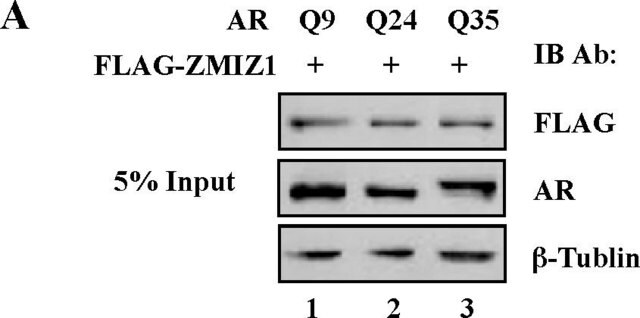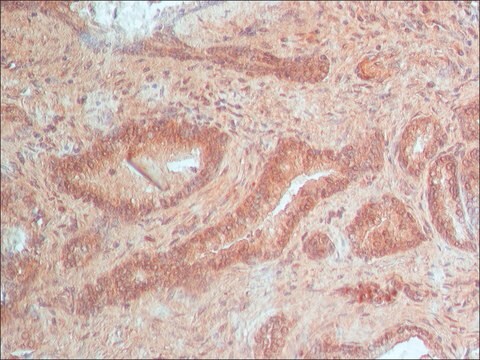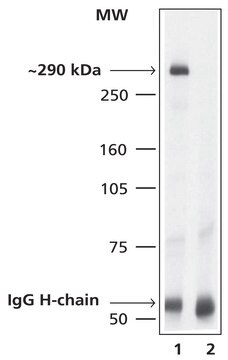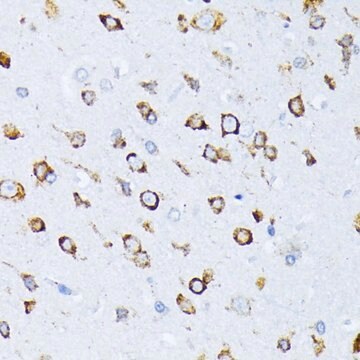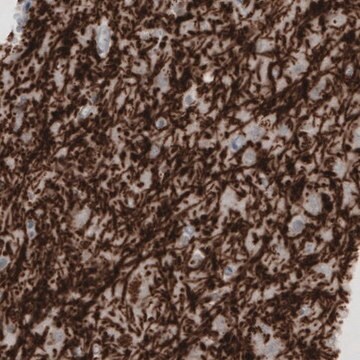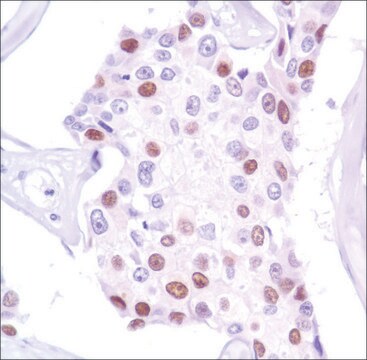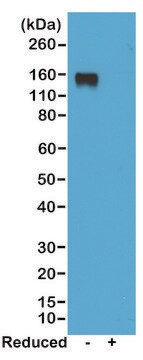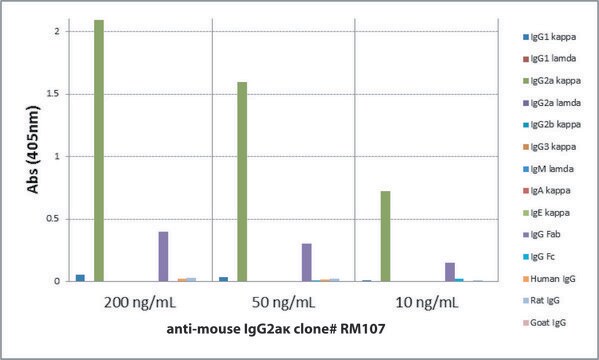SAB5500165
Anti-Progesterone Receptor antibody, Rabbit monoclonal
recombinant, expressed in proprietary host, clone SP2, tissue culture supernatant
About This Item
Prodotti consigliati
Origine biologica
rabbit
Livello qualitativo
Ricombinante
expressed in proprietary host
Coniugato
unconjugated
Forma dell’anticorpo
tissue culture supernatant
Tipo di anticorpo
primary antibodies
Clone
SP2, monoclonal
Reattività contro le specie
human (tested)
Reattività contro le specie (prevista in base all’omologia)
bovine, rabbit, pig
tecniche
immunohistochemistry: 1:400
Isotipo
IgG
N° accesso UniProt
Condizioni di spedizione
wet ice
Temperatura di conservazione
2-8°C
modifica post-traduzionali bersaglio
unmodified
Informazioni sul gene
human ... PGR(5241)
Descrizione generale
Progesterone receptor (PGR) belongs to the steroid/thyroid hormone receptor family of ligand-activated transcription factors. It possesses the amino-terminal AF1 region, the central DNA-binding domain (DBD) and the carboxyl-terminal ligand- binding domain (LBD). The PGR gene is localized on human chromosome 11q22.1.
Immunogeno
Azioni biochim/fisiol
which modulates the transcription of target genes in response to progesterone and other hormones. It is phosphorylated on multiple sites and at times, the phosphorylation changes according to the hormone involved. During hormone unavailability, PGR is bound to heat shock proteins. When the ligand binds, it causes the release of PGR from heat shock proteins. It is then translocated to the nucleus, where it binds to its DNA response elements (SREs) and to the components of the transcription machinery. PGR also binds to chromatin templates and results in chromatin remodeling adjacent to the PGR-binding sites.
Caratteristiche e vantaggi
Stato fisico
Esclusione di responsabilità
Not finding the right product?
Try our Motore di ricerca dei prodotti.
Codice della classe di stoccaggio
10 - Combustible liquids
Classe di pericolosità dell'acqua (WGK)
WGK 2
Punto d’infiammabilità (°F)
Not applicable
Punto d’infiammabilità (°C)
Not applicable
Certificati d'analisi (COA)
Cerca il Certificati d'analisi (COA) digitando il numero di lotto/batch corrispondente. I numeri di lotto o di batch sono stampati sull'etichetta dei prodotti dopo la parola ‘Lotto’ o ‘Batch’.
Possiedi già questo prodotto?
I documenti relativi ai prodotti acquistati recentemente sono disponibili nell’Archivio dei documenti.
Il team dei nostri ricercatori vanta grande esperienza in tutte le aree della ricerca quali Life Science, scienza dei materiali, sintesi chimica, cromatografia, discipline analitiche, ecc..
Contatta l'Assistenza Tecnica.